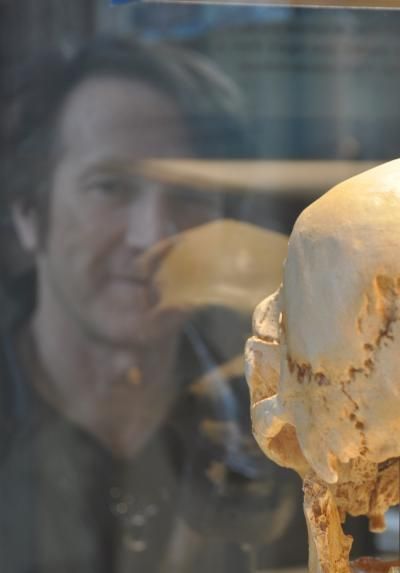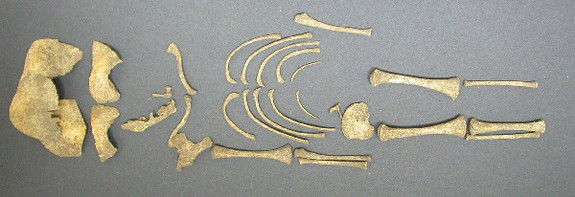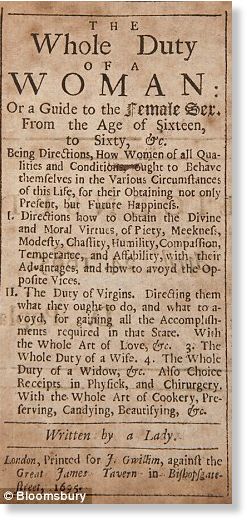
© M. F. HammerUniversity of Arizona's Michael F. Hammer with an ancient hominid fossil.
It is now widely accepted that the species
Homo sapiens originated in Africa and eventually spread throughout the world. But did those early humans interbreed with more ancestral forms of the genus Homo, for example
Homo erectus, the "upright walking man,"
Homo habilis, - the "tool-using man" or
Homo neanderthalensis, the first artists of cave-painting fame?
Direct studies of ancient DNA from Neanderthal bones suggest interbreeding did occur after anatomically modern humans had migrated from their evolutionary cradle in Africa to the cooler climates of Eurasia, but what had happened in Africa remained a mystery - until now.
In a paper published in the
Proceedings of the National Academy of Sciences, or
PNAS, a team led by Michael Hammer, an associate professor and research scientist with the UA's Arizona Research Labs, provides evidence that anatomically modern humans were not so unique that they remained separate.
"We found evidence for hybridization between modern humans and archaic forms in Africa. It looks like our lineage has always exchanged genes with their more morphologically diverged neighbors," said Hammer, who also holds appointments in the UA's department ofecology and evolutionary biology, the school of anthropology, the BIO5 Institute and the Arizona Cancer Center.

